Marketing is a large and somewhat messy umbrella. Understanding and knowing the PESO model and how each of the different areas of marketing are different will help you with your efforts.

From branding and website design to the customer experience and expanding your reach, there are a ton of different components that make up your marketing strategy and initiatives.
I think that’s where marketing feels overwhelming for many business owners.
Is marketing responsible for sales? For education and lead generation? For customer experience? For your online presence?
Unfortunately, there is no clear-cut answer to that question. For the sake of this article, we’re going to lump branding and marketing under one, since marketing is weaved in and out of all of those areas of a business.
Related: Your Logo is Not Your Brand
Two questions I hear over and over again from small business owners is ‘where should I focus my time and energy?’ and ‘what platform should I focus on?’.
And, while there are certainly some universal platforms that overall work really well, I always come back to asking these questions before we can even consider answering those two questions:
- What is your budget?
- Where does your target audience hang out?
- What are your goals?
Without knowing those 3 things, it is very challenging to determine where your time as a business owner is best spent.
And, friend, I know all too well, how precious your time is. Because as Kimberly said it best, ‘ain’t nobody got time for that.’
So, let’s break down what the PESO model is and how it can help you with your marketing efforts.
THE PESO MODEL
The PESO model takes the 4 media types, paid media, earned media, shared media, and owned media and overlaps them to show how they holistically work together to build authority in today’s digital world.

This model is adopted from the Spin Sucks: Communication and Reputation Management in the Digital Age
As you can see with this model, authority is achieved when all 4 media types are working together to create optimized, sharable, and engaging content. This is when the know, like, trust factor is high and your brand image and marketing efforts are high functioning.
Before we dive into how you can focus your efforts and start honing in on the media efforts that are going to move the needle in your business, let’s break down each media type in the PESO model.
PAID MEDIA
The P in PESO stands for Paid Media, also known as advertising. In today’s world of digital marketing, Paid Media looks a little different than it did just 10 years ago, but it still encompasses the traditional outlets as well.
For instance, Paid Media is going to be any marketing efforts where you are paying to get your message in front of your audience. From a traditional standpoint, this can be a magazine ad, a radio spot, outdoor billboards, or direct mail. In the digital space, this can be Pay Per Click campaigns to show up on the top of Google search results, social media advertising, or retargeting and display ads.
Paid Media has a low trust factor, but is scalable, and predictable, meaning you know your message is going to be shown in that channel or outlet, but the cost is also high.
EARNED MEDIA
The E in PESO stands for Earned Media, also most commonly known as public relations (PR). Where your content or topic gets pitched or picked up by a third-party publication or media outlet and is written and covered for that publication’s audience.
This type of media can be more traditional by getting picked up by a reporter and conducting an interview for TV or press use, or it can be getting featured in an online publication by submitting industry-relevant articles to publications who may or may not feature your content on their platform.
Earned Media has a high trust factor, with medium scalability, no predictability, and a low cost.
SHARED MEDIA
The S in PESO stands for Shared Media, also most commonly known as social media. Social media is all about connecting and sharing with your audience.
While we don’t own these types of platforms, and things in the social media space are always changing, social media allows us to easily connect and share content with our audience.
Social media also enables brands and people to have two-way conversations with their audience versus one-way (think paid media/advertisements) – this makes shared media have a high trust factor and a low cost but has a low scale and predictability score.
OWNED MEDIA
The O in PESO stands for Owned Media, also commonly referred to as content. As it states in the name, this form of marketing is owned, meaning the creation of the information is from within the business. Owned media focuses on showcasing your expertise in your industry and field.
Today’s world of content marketing focuses heavily on owned media. From blog content to podcasts and videos, this all falls under the owned category. While the vehicles of distribution (social media) may change or come and go, the content is still owned by you.
Owned media has a low to medium trust factor (people need to see the value before it becomes high trust), and a low cost. Scalability on owned content is low, but predictability is high – meaning you’re in control of the content that gets created.
Psst – this is my favorite type of media for a few reasons – I’m sharing my reasons why below, so keep going!

HOW THEY WORK TOGETHER
With the overlap of each of these media types, we enter into the realm of modern marketing, focusing on campaigns that work with influencers, partnerships, and incentive-based promotions.
By focusing on the PESO model, you’re able to enhance the strengths and weaknesses of each media type. Here’s a table that identifies the benefits and weaknesses of each type of media in regards to trust, scalability, cost, and predictability.
| TRUST | SCALABILITY | COST | PREDICTABILITY | |
| PAID | Low | High | High | Yes |
| EARNED | High | Medium | Low to medium | No |
| SHARED | High | Low | Low | No |
| OWNED | Low to medium | Low | Low to medium | Yes |
With a mixed-media approach and leveraging the PESO framework, you’re able to optimize your efforts through amplification, promotion, and third-party validation.
HOW IT CAN HELP YOUR MARKETING EFFORTS
While I love this framework to show how we should be holistically approaching our marketing efforts, it can be a bit of a challenge to operate at this level.
I’ve worked with multi-million dollar companies who struggle to effectively integrate all 4 of these media types into a holistic marketing plan.
So, what’s the point in sharing this model with you, as a small business owner?
Well, the answer is simple, knowledge is power.
Being aware of the PESO model and how these various media types work together allows you to make an informed decision on those two questions I hear over and over again:
‘where should I focus my time and energy?’ and ‘what platform should I focus on?’
Let’s revisit those three questions I initially provided, what are your responses?
- What is your budget?
- Where does your target audience hang out?
- What are your goals?
Now that you’re answering these questions and have a better understanding of the PESO model, is there anywhere that makes the most sense for you right now?
Typically, as a small business owner, Shared Media is the first thing that comes to mind because it has the least amount of barriers to entry with a low cost and a high trust score.
The problem with Shared Media is it is unpredictable and isn’t something you are in control of. Algorithms can change, social platforms can disappear, it’s becoming pay-to-play to be seen on these platforms. And, if you’re not ready to move over to the Paid Media type, this tends to feel like an uphill battle for most small businesses.
My personal favorite is Owned Media.
Unlike Shared Media, you have control of Owned Media and can easily build up trust by providing valuable and consistent content. Focusing on blog content, videos, and audio content allows you and your business to showcase your expertise. This is your knowledge that you can share on whatever channel and outlet make sense for your audience.
Join the Waitlist: Learn how to go from blogging to booking
The other perk of Owned Media is the ability to easily integrate into the other three types (Paid, Earned, and Shared), once you’re ready to focus on those outlets.
Making the shift to the other three outlets allows you to tap into partnerships, incentive-based marketing, and influencer engagement.
If and when you are ready to start scaling the growth of your business Paid, Earned, and Shared Media are great ways to expand your reach. But, it’s super important to have the right framework and processes set up on the backend to support those growth efforts!
The last thing you want to do is focus on expanding your reach, get a ton of inquiries or purchases and not be able to support the influx of new business and create a bad brand experience. It’s so much harder to come back from a bad brand experience than expanding your reach.
Related: Your Logo is Not Your Brand
TO SUM IT UP
The PESO model shows how the 4 types of media work together to create a holistic approach to your marketing efforts.
PAID
Companies pay to put their media content in front of external audiences
- Examples: commercials, digital ads, sponsorships
- Benefits: scalability, consistency, targeting
EARNED
Companies convince external influencers to leverage their own media channel on behalf of the company
- Examples: news articles, guest blog posts, word of mouth
- Benefits: credibility, preference, search
SHARED
Companies engage with external audiences where they have equal control of the message and medium
- Examples: social media
- Benefits: authenticity, advocacy, cost-efficient
OWNED
Companies control these channels and the content on them entirely
- Examples: brand website, collateral, company blog
- Benefits: control, flexibility, longevity
While focusing on all 4 media types may be the long term goal, it’s not always realistic as a small business owner. To identify where you should be spending your time, start by asking yourself these three questions:
- What is your budget?
- Where does your target audience hang out?
- What are your goals?
Tell me, what area will you be focusing on this year?





